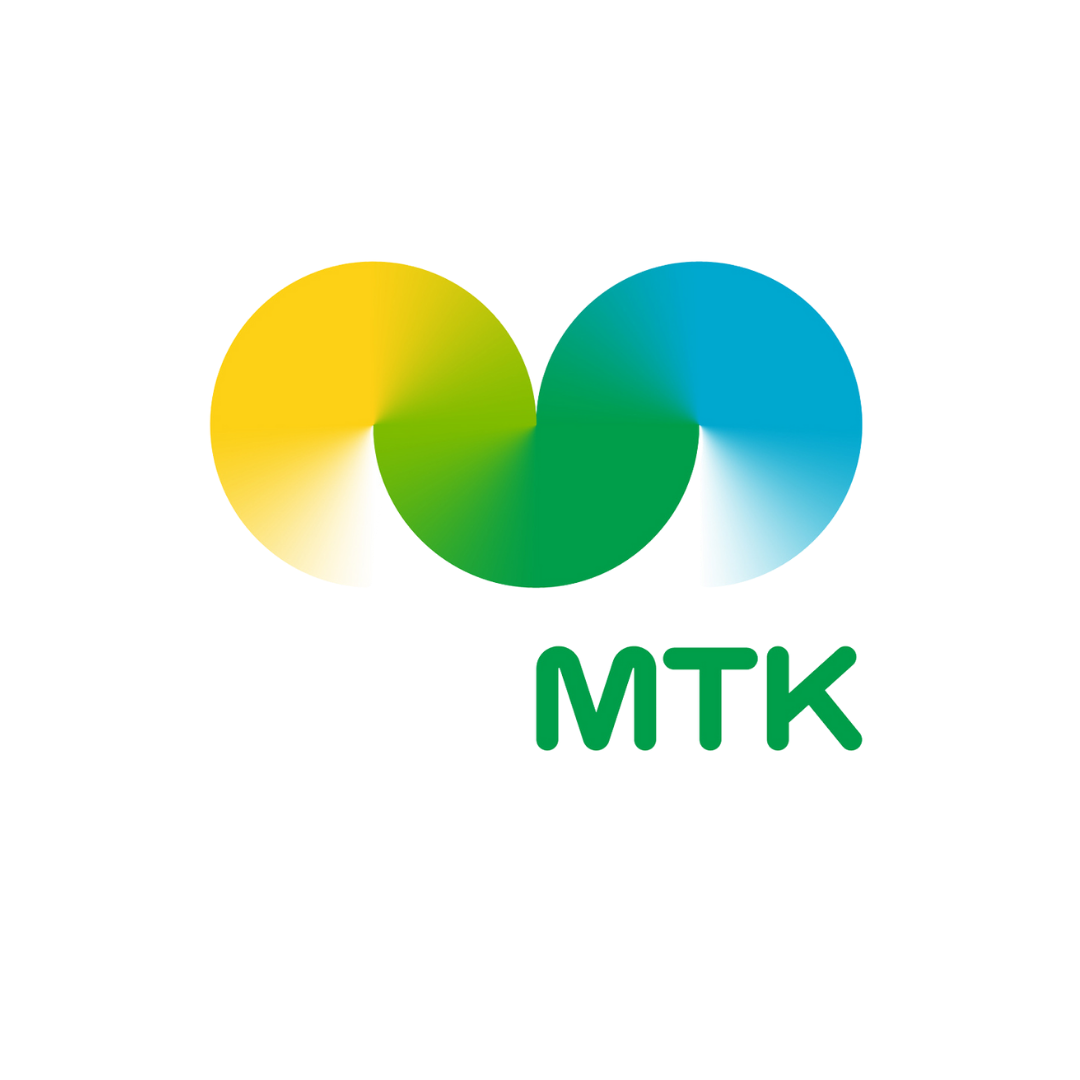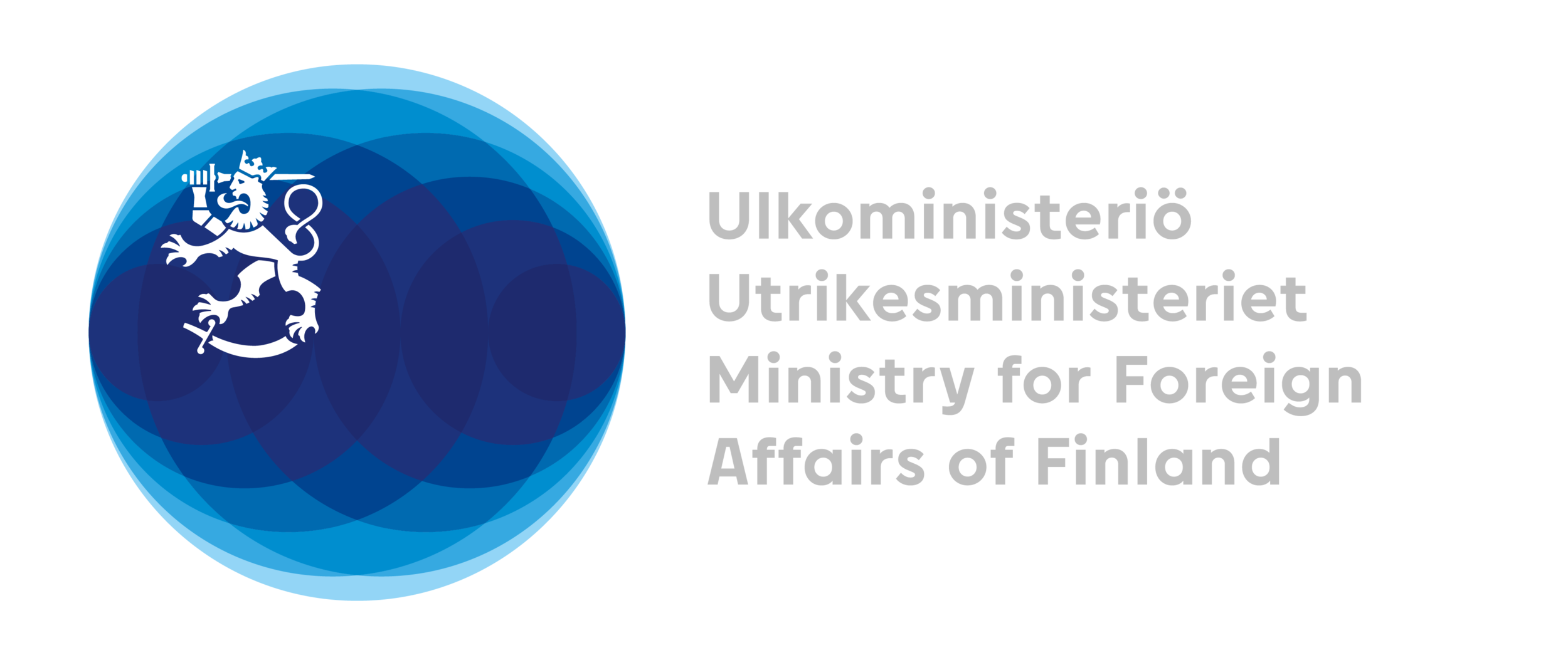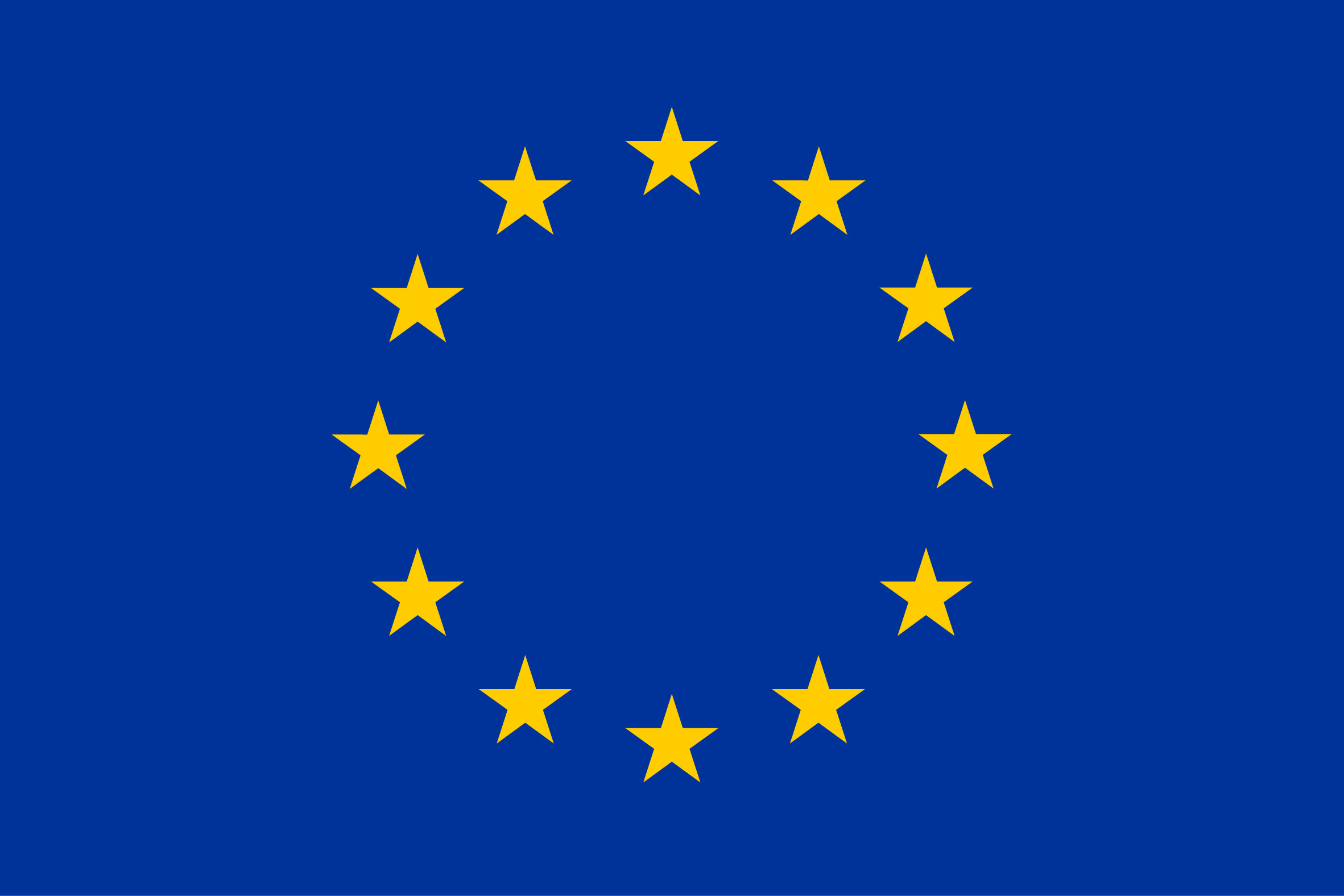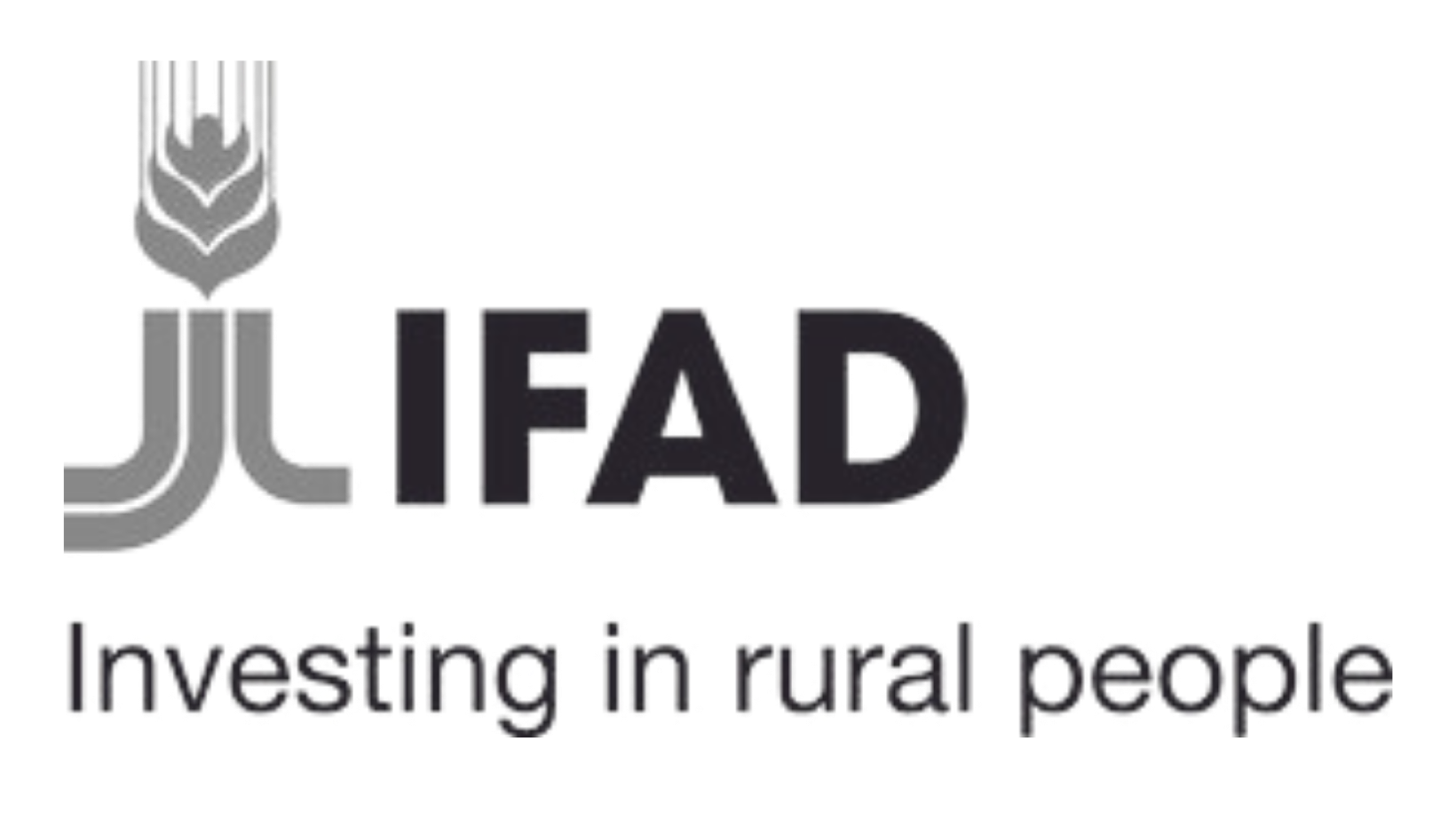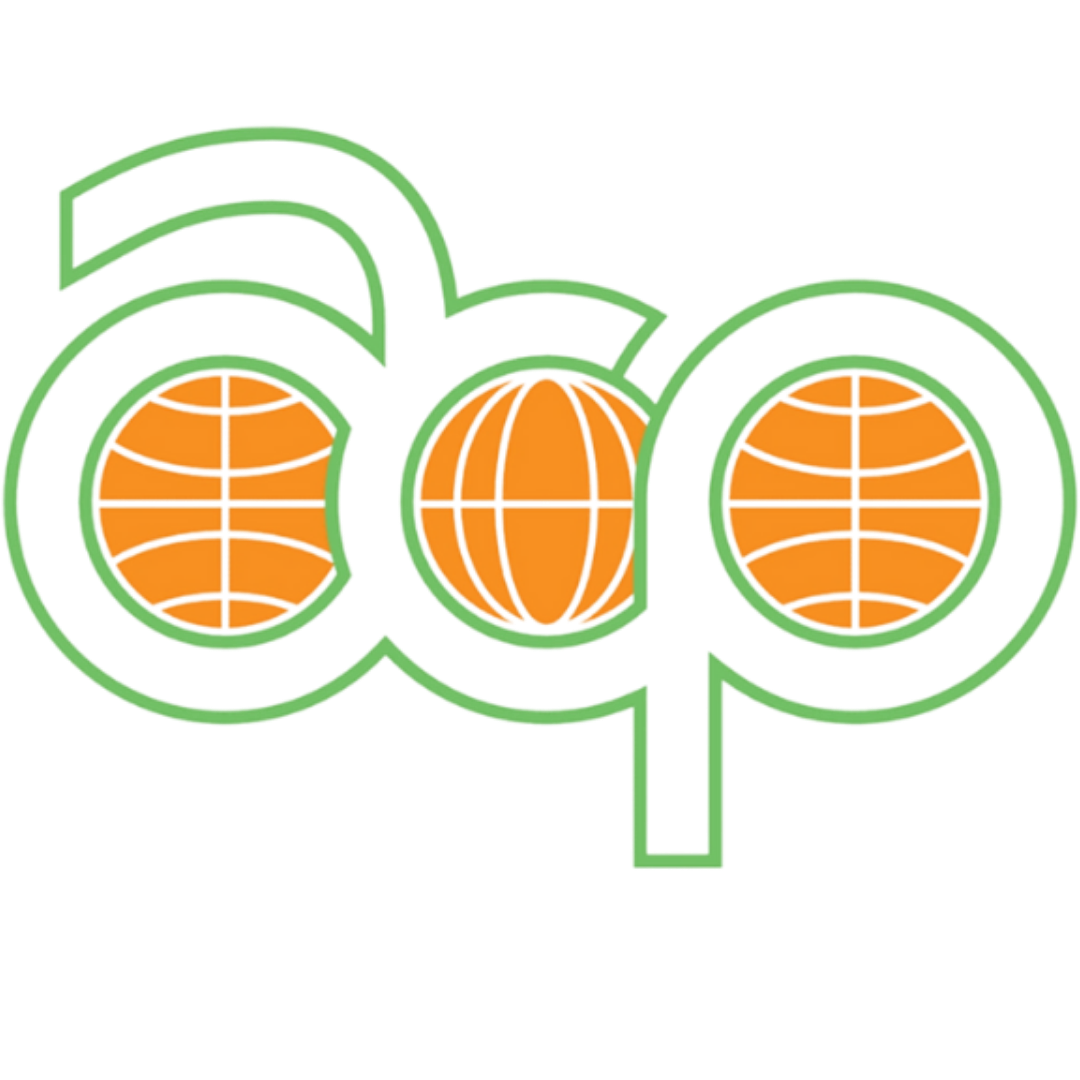In 2023, we concluded a project that aimed to support local coffee cooperatives in western Honduras. The project was approved just before the COVID-19 pandemic, and its first year was heavily influenced by the challenges posed by the pandemic. I joined the project at the beginning of 2021, and it was evident that recent problems with certification, internal frictions, and the pandemic were pushing one of the local cooperatives under financial stress.
A common complaint among producers and cooperative administrators was “certification is too expensive”, coupled with the idea that the benefits did not justify the expenses. While this sentiment is not entirely new, as similar remarks are occasionally heard from timber producers and agricultural cooperatives in the Global South, it was a recurring theme in the region.
Our project focused on supporting the institutional development of cooperatives, formalizing inclusion strategies, identifying key climate change-related risks, and devising strategies to enhance farmers' resilience. Certification, within this framework, was not a primary area of interest for farmers or cooperatives. However, by the end of the project, it became clear that cooperatives viewed certification as a fixed cost rather than an opportunity. It is worth noting that these cooperatives already held multiple certifications, with the majority of their production being UTZ/Rain-Forest and Fair Trade certified, and some farmers also having organic certifications for both the US and EU markets, along with other lesser-known certifications such as "indigenous women producers."
A few months ago, while preparing a lecture for an Agroforestry course, I decided to explore some certification statistics for coffee and came across a few interesting findings (although the figures may vary depending on the sources):
Coffee ranks as the second or third commodity, after forestry and cotton, with the highest percentage of certified area (20-40%) and production (25-55%) [1, 2].
The coffee industry lacks the capacity to absorb all certified coffee, with some suggesting that almost three-quarters of certified coffee is marketed and sold as conventional coffee [2].
The economic benefits of certification are dependent on several factors, making the benefits less straightforward [3, 4, 5, 6].
Finland stands out as one of the main consumers of certified coffee in Europe [1].
These findings left me with some lingering questions:
Is the current level of certification, which covers only 50% of global coffee production, the maximum achievable through “voluntary” and “market-based” approaches?
Does this trend apply to other agricultural products as well?
Can I recommend certification to small coffee producers and cooperatives?
Some argue that we should only promote certification when it makes financial sense. Granted, by examining the references and engaging in discussions with experts, one can ascertain that medium to large farmers, situated in areas with decent road infrastructure, close proximity to export ports, and within countries with well-established coffee sectors, are more likely to benefit significantly from certification. However, all these considerations become irrelevant if the demand side is elastic (meaning that price changes significantly impact demand) and if the market for certified products is already saturated.
Coffee prices have remained high following the price hike of 2022 [7], but there was a subsequent decline in consumption that has since recovered [8]. Long-term trends indicate increasing production and consumption [8], with consumption rebounding relatively quickly after price disruptions (usually associated with adverse weather affecting the growing season) once prices stabilize. However, with the ongoing inflationary pressure and high interest rates, household budgets for consumption are constrained and unlikely to accommodate further price increases.
I would argue that these factors, combined with the oversupply of certified coffee, have led to a narrowing of the price gap between certified and non-certified production. As profit margins shrink along the value chain – in order to control prices and prevent declines in consumption - certified coffee is often sold and marketed as non-certified coffee. By the way, have you noticed an increase in the availability of non-certified coffee at supermarkets?
Don't misunderstand me; I do understand the indirect economic benefits that come with the certification process, such as improved management and accounting practices, reduced reliance on agrochemicals, and increased provision of ecosystem services. However, these benefits can be achieved without having to pay a third party for a certification stamp that appears to provide only a marginal increase in selling price. While expanding the demand for certified coffee among advanced economies and even within producer countries is a strategy that is occasionally discussed, its impact is likely to be limited given the budget constraints on consumption in these regions, which are significantly tighter than in developed economies.
I cannot say with certainty whether this situation is similar for other agricultural products, as I currently lack the necessary information. However, I assume that similar dynamics may be at play. Would I recommend certification to the next coffee farmer or cooperative I meet? Not immediately. It would depend on the specific conditions. However, adopting an ISO Standard for sustainable farm management and mainstreaming it among producers could yield similar benefits at lower cost for producers and cooperatives.
Adrián Monge Monge
Climate and Adaptation Expert at FFD
REFERENCES
[1] Meier, C., Sampson, G., Larrea, C., Schlatter, B., Voora, V., Dang, D., Bermudez, S., Wozniak, J., and Willer, H. (2020). The State of Sustainable Markets 2020: Statistics and Emerging Trends. ITC, Geneva.
[2] Panhuysen, S. and De Vries, F. (2023): Coffee Barometer 2023. Conservation International, Solidaridad, and Ethos Agriculture.
[3] W. Vellema, A. Buritica Casanova, C. Gonzalez, M. D’Haese (2015). The effect of specialty coffee certification on household livelihood strategies and specialisation, Food Policy, Volume 57, 13-25.
[4] Joshua G. Bray & Jeffrey Neilson (2017) Reviewing the impacts of coffee certification programmes on smallholder livelihoods, International Journal of Biodiversity Science, Ecosystem Services & Management, 13:1, 216-232.
[5] Anna Snider, Isabel Gutiérrez, Nicole Sibelet, Guy Faure (2017) Small farmer cooperatives and voluntary coffee certifications: Rewarding progressive farmers of engendering widespread change in Costa Rica?, Food Policy, Volume 69, 231-242.
[6] Jena, P. R., & Grote, U. (2022). Do Certification Schemes Enhance Coffee Yields and Household Income? Lessons Learned Across Continents. Frontiers in Sustainable Food Systems, 5, 716904.
[7] https://tradingeconomics.com/commodity/coffee
[8] ICO. (2023). Coffee Report and Outlook 2023. International Coffee Organization.




